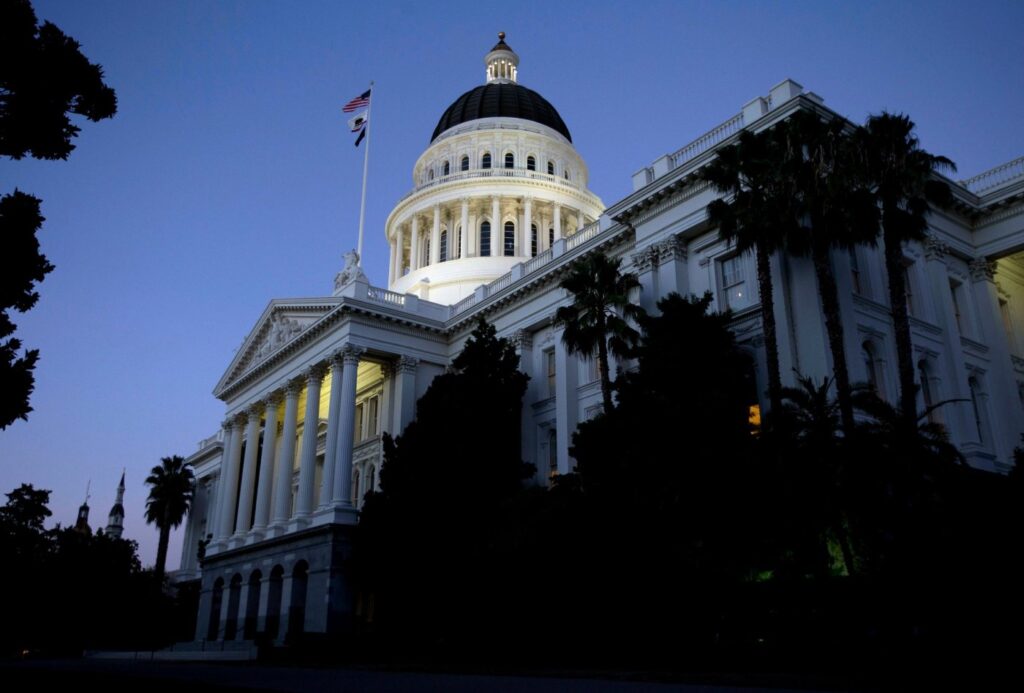
“The Big Short” was a 2015 film about how some financial whizzes, realizing that the nation’s overheated housing market was on the verge of collapse, made billions of dollars by betting on failure.
California played no small role in the housing debacle during the first decade of the century. Housing construction had surpassed 200,000 units a year, more than the market could prudently absorb, and to fill them, mortgage lenders radically lowered their credit standards for would-be homebuyers.
When the unstable market collapsed, nearly 800,000 California families lost their homes and 10 of the 20 cities with the nation’s highest foreclosure rates were in California.
After the implosion, housing construction plummeted to as little as 10% of the pre-crisis boom and has never fully recovered, even though foreclosed houses eventually became rentals or were resold to new buyers.
Construction is now scarcely half of the 180,000 units a year state officials say is necessary, creating a severe hosing shortage, particularly for moderate- and low-income families, that fuels the nation’s highest poverty rate.
The “big short” in housing is not alone. California, which has always seen itself as a land of abundance, faces critical shortages in other commodities vital to a healthy economy and society.
One is particularly obvious this year — water.
California once led the nation in developing large-scale water impoundment and conveyance projects as a hedge against its very seasonal and very unpredictable precipitation. But very little has been built in the last half-century as the state’s population doubled and farmers shifted to more water-intensive crops such as grapes and almonds.
The politics of water became ossified — multiple interests fighting over shares of the current supply, which has become even less predictable due to climate change, and politicians going AWOL, seeing it as a no-win political quagmire.
Another big short is less stark than water, but still looms large — electrical energy.
California’s officialdom is bent on making the state carbon-free by converting power generation to wind and solar, by replacing gasoline- and diesel-powered vehicles with electric cars and trucks, and by phasing out natural gas in homes and businesses.
This massive conversion would impose huge new demands on an electrical grid that already comes up short on some hot summer days when air conditioning systems run at full tilt — days that climate change will make more frequent, by the way.
The state has already postponed the phaseout of some natural gas-fired electric plants because of shortages but that’s just a short-term fix. Will it also postpone the 2024 closure of the state’s only remaining nuclear plant, Diablo Canyon, which generates 8% of the state’s electrical power and 15% of its carbon-free juice?
Making the state carbon-free might be a worthy goal, but only if we have enough electrical power from other sources and at the moment, it’s uncertain it will be there when it’s needed.
Related Articles
Newsom and Hertzberg are fighting a losing battle with SCOTUS
Trump and his favorite czar, V. Putin
Government-funded pre-school isn’t as effective as some hope
Democrats are headed for electoral Armageddon in November
We’re anti-war, but coddling Putin is wrong
A fourth major shortage facing California is in trained and/or trainable workers.
California employers are desperate to find enough workers as the state emerges from the COVID-19 recession. A shortage of construction workers is one reason we are falling behind in housing but the syndrome hits virtually every segment of the economy.
We have shortages of auto mechanics, truck drivers, nurses, teachers, farm workers and cops, to name just a few other impacted fields, and they will worsen because California’s population has stopped growing and its potential workforce is declining as the baby boom generation ages out.
All of these shortages are also political issues and it’s high time our politicians pay attention to them.
CalMatters is a public interest journalism venture committed to explaining how California’s state Capitol works and why it matters. For more stories by Dan Walters, go to calmatters.org/commentary.
